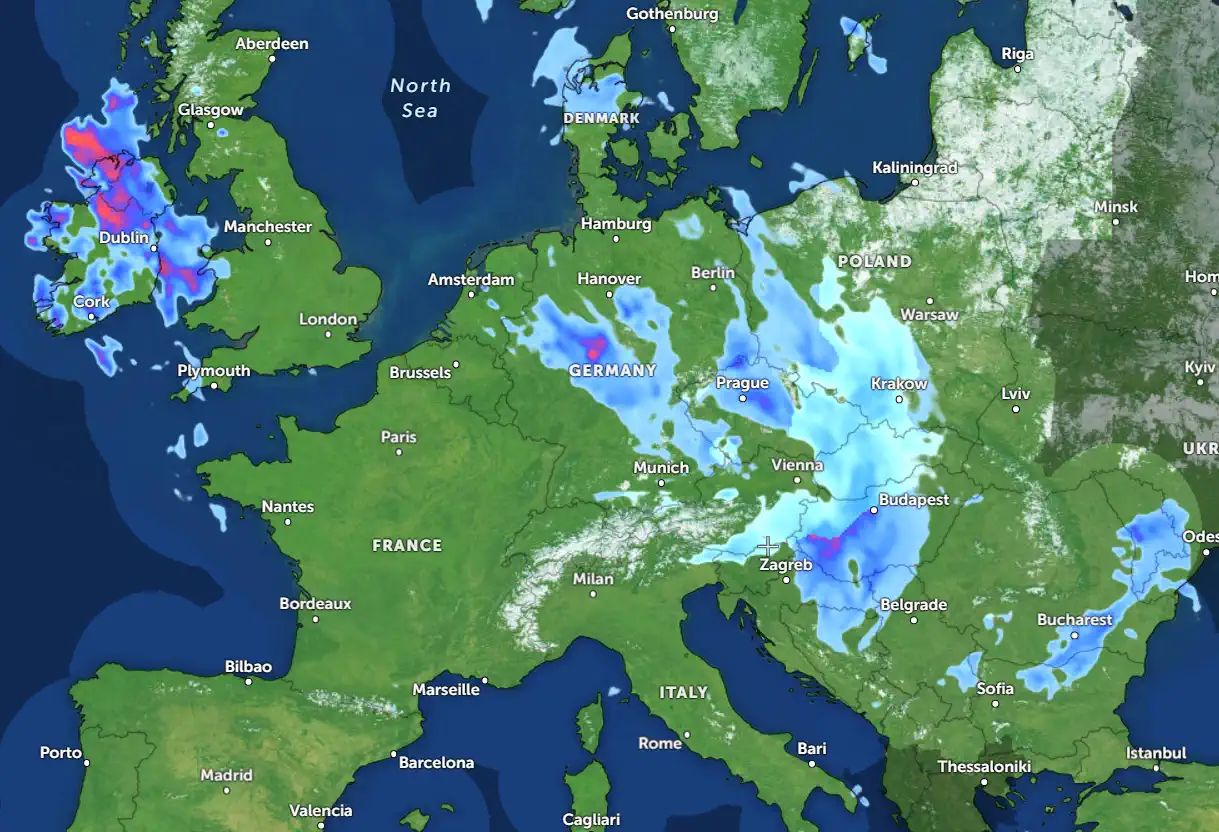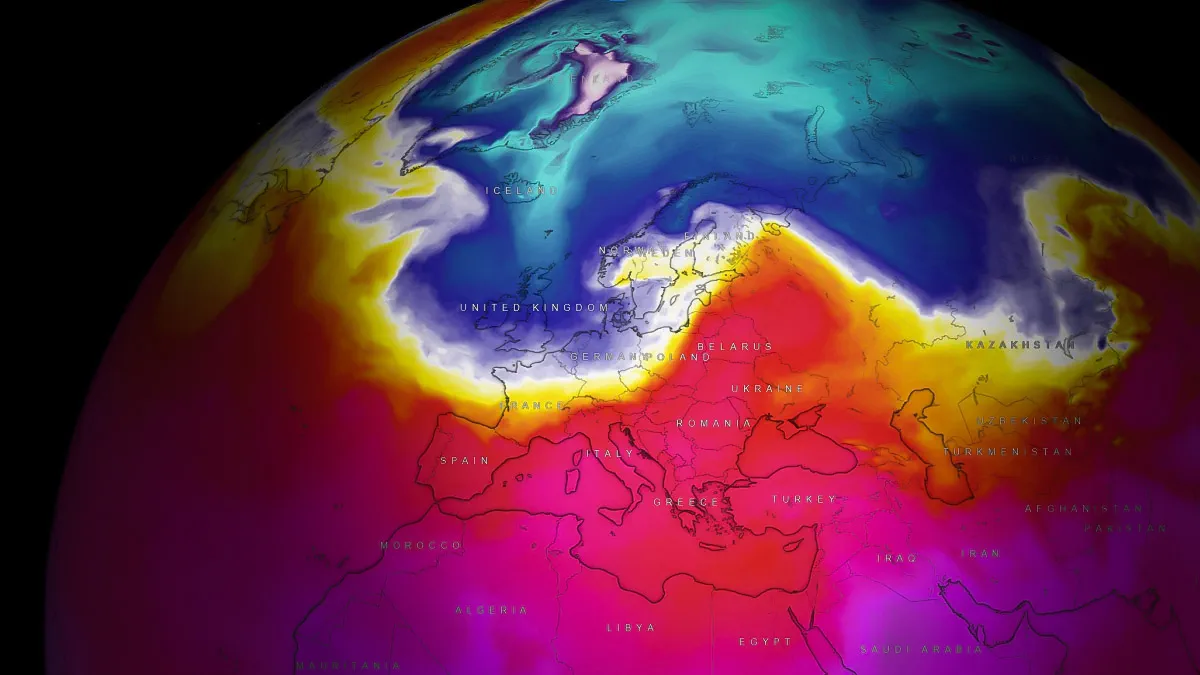Bomb Cyclone Threatens U.S. East Coast: Intense Weather, Power Outages Possible

A powerful and multifaceted storm system is taking aim at the East Coast of the United States, bringing a mix of heavy rainfall, freezing rain, damaging winds, and unseasonably warm temperatures. Meteorologists are warning that this rapidly intensifying storm could have widespread impacts, including localized flooding, travel disruptions, and power outages, as residents and emergency services prepare for its arrival.
What is Happening?
The storm, a combination of an atmospheric river and a bomb cyclone, is generating dynamic and hazardous weather conditions. An atmospheric river—essentially a vast conveyor belt of moisture originating from the tropics—is delivering immense amounts of water vapor to the region. As this moisture-laden system interacts with cold air and a developing low-pressure area, it is triggering intense rainfall and freezing precipitation.
The system's rapid intensification, known as bombogenesis, is a process where atmospheric pressure drops sharply over 24 hours, producing a "bomb cyclone." This phenomenon is notorious for creating extreme weather events, including fierce winds and torrential rains.
Impacts Across the East Coast
Meteorologists predict the storm's peak intensity between Wednesday evening and Thursday morning. The National Weather Service (NWS) has highlighted several key threats:
Localized Flooding: Rainfall totals of 2–3 inches are expected in parts of New England, particularly in western Maine. Combined with rapidly melting snow and swollen rivers, this poses a significant risk of flash flooding.
Damaging Winds: Gusts exceeding 60 mph could down trees and power lines, leaving thousands at risk of power outages. Utility companies are on high alert, with repair crews standing by.
Travel Disruptions: Freezing rain and slick conditions could make roads hazardous, particularly in Vermont and northern states. Meanwhile, flooding and poor visibility may lead to delays in air and rail travel.
Preparedness and Warnings
The storm's impact is already being felt in parts of the Northeast:
Schools and Businesses: Delays and closures have been reported, especially in areas like Maine, which experienced light snowfall earlier this week.
Flood Watches: Vermont has issued flood watches, urging residents to safeguard belongings in basements and low-lying areas. Montpelier city officials are actively monitoring river levels, emphasizing the importance of preparedness.
Outdoor Activities: Ski resorts in Vermont, such as Stratton Mountain, are cautioning visitors to prepare for wet and unfavorable conditions.
A Regional Call to Action
Forecasters like Derek Schroeter of the NWS in Gray, Maine, are emphasizing the storm's complexity and potential severity. "This is a multifaceted event," Schroeter explained, noting the simultaneous risks of flooding, freezing rain, and unseasonable warmth. He advised residents to remain vigilant and prioritize safety.
Emergency services are working closely with weather agencies to mitigate risks, but individuals are urged to stay informed through local forecasts and official advisories. Whether you're preparing your home for flooding or navigating challenging travel conditions, taking proactive measures can significantly reduce the storm's impact.
As the East Coast braces for this high-impact weather event, residents are reminded to stay prepared, stay safe, and stay informed.
Chief forecaster and ideologist of the weather forecast service Pogodnik. Co-author of scientific articles and specialized content for various online media.




